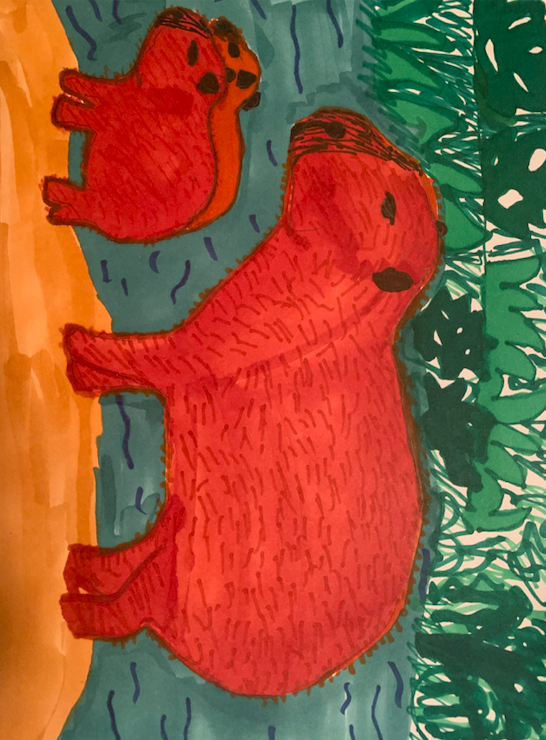Currently, the capybara lives in the rainforest regions of South America, prey to jaguars and anacondas, as their short legs limit them from outrunning their predators. Within thousands of years, their natural habitat has the potential of flooding into wetlands/marsh due to global warming causing the increase in rain and melting of polar ice caps. To adapt to the future limitation of dry land, I predict the capybara would develop webbed feet, allowing them to swim if necessary. Also an effect of increasing carbon emissions and global warming, the capybara would shed its thick fur to remain comfortable in the rising temperatures. Lastly, the capybara’s short and stubby legs would grow so they have a greater chance of outrunning or even outswimming their predators.
Contact us
Thank you for your interest in contacting Future Engineers. We look forward to connecting with you!
General Inquiries
support@futureengineers.orgSponsorship Inquiries
sponsor@futureengineers.org

